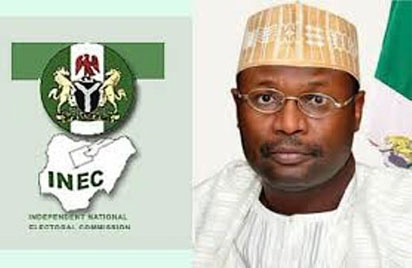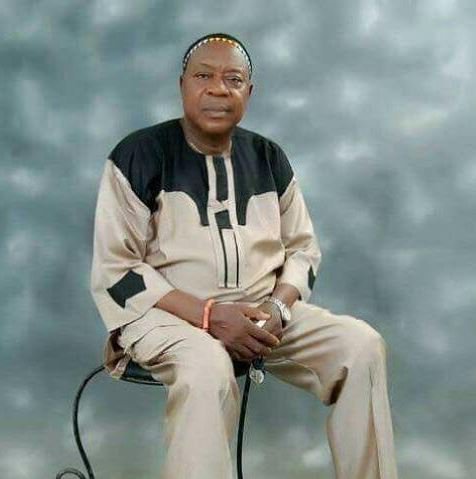“They’re like child soldiers,” the reporter, who asked to remain anonymous out of fear for his safety, told CPJ. “In the mountains in my state they’re everywhere. These are just kids who can’t control their anger, and you can imagine how dangerous they are carrying those guns.”
Guerrero, about 200 miles south of Mexico City, is one the country’s poorest and most violent states. Fueled by a spike in heroin use in the U.S., the rugged, mountainous region has become one of the principal producers of opium in Mexico. Criminal gangs viciously defend poppy plantations tucked away at the foothills and valleys of some of the state’s most inaccessible areas, and the trafficking routes north.
The state has the highest homicide rates in the country. Last year alone, more than 2,200 people were murdered, often in gruesome fashion. Beheadings, mass killings, kidnappings and torture are common practice in the small rural communities where organized crime gangs dominate. Acapulco, the state’s largest city and once a popular resort destination, has in recent years become the city with the highest homicide rate in the country.
For journalists, working in Guerrero is often dangerous and sometimes deadly. Reporters based in the state with whom CPJ regularly speaks have likened the situation to a low-intensity civil war, especially in areas where organized crime and militia groups battle for control. A series of recent violent incidents underscores their concerns. At least one journalist has been murdered in relation to his work there since 2010, and CPJ is investigating five more cases in the state to determine whether there was a link between the victim’s work and their murder.
“The situation is extremely difficult for us,” said Alejandrino González, a freelance photographer based in the state capital, Chilpancingo, who regularly contributes to Agence France-Presse. “I would say that in entire areas of the state the conditions do not allow journalists to work.”
This year alone, CPJ has documented several cases of journalists being killed and threatened by suspected criminal gangs, militias, and other groups. As well as the case of Cecilio Pineda, a freelance crime reporter who was shot dead at a car wash in Ciudad Altamirano on March 2, CPJ has documented several cases of journalists being threatened or attacked by suspected criminal gangs, militias, and other groups.
Pineda was a freelance crime journalist for the national newspapers El Universal and La Jornada de Guerrero, as well as the founder of the weekly, La Voz de la Tierra Caliente. He covered crime, corruption and social issues in an area notorious for ubiquitous organized crime and violence, and had received repeated threats because of his reporting, according to CPJ research. Pineda had rejected a protection scheme offered to him by the Federal Mechanism for the Protection of Human Rights Defenders and Journalists.
Separately, on May 22, approximately 100 heavily armed suspected members of a local drug trafficking group who had set up a road block near the town of Acapetlahuaya robbed and threatened to kill seven journalists. The journalists, who were on their way back from a reporting trip in an area known as a hotbed for organized crime, had their cameras, laptops and other belongings, including one of their vehicles stolen, one of the victims, who spoke with CPJ on condition of anonymity for safety reasons, said.
And, on August 24, in the city of Iguala, a reporter called Alejandro Guerrero was hit by a car, seemingly on purpose, according to news reports. He survived the crash, but had to be rushed to a hospital with severe injuries. Guerrero has extensively reported on the disappearance and possible murder of 43 students of a teachers’ college in 2014, and regularly reports on crime and violence in the region for the newspaper, El Sur. The identity of the assailants and the motive for the attack remains unclear. According to news reports, the journalist has regularly received death threats for his reporting.
State and federal authorities appear to be unable to quell the violence. The federal government has sent thousands of soldiers and federal police to the state under the guise of a security program that was implemented in 2011 but, according to media reports, the rate of violence has not gone down. Federal government statistics show the number of murders in Guerrero was 2,844 in 2016. The previous year, the figure was 2,721.
“There are areas in the state that are completely under the control of organized crime,” Ezequiel Flores, the Guerrero correspondent for Proceso, said. “These gangs block the roads, they have control over the flow traffic in those regions.”
Journalists like Flores and González, and others with whom CPJ spoke in recent months, say they now avoid reporting in areas dominated by organized crime, especially the mountainous Tierra Caliente region. They also told CPJ that media outlets in Guerrero generally do not have the resources to provide their reporters with additional safety measures.
“We’re very exposed, very vulnerable,” González said “Members of organized crime basically dictate where and how we can even work, and they intimidate and attack us if we don’t abide by those rules. There’s not really anything we can do about it.”
The state government has acknowledged the challenges journalists face in Guerrero, where civilians, who have formed militias to assume the tasks that they say the authorities are either unwilling or unable to do, often clash with drug gangs and each other. On June 5, during a meeting with journalists, Governor Héctor Astudillo announced the creation of a special prosecutor’s office to focus specifically on crimes against the press. “We are responding to the concerns of journalists in Guerrero,” the governor told media after the meeting.
Astudillo also confirmed that the state is working to create a Mechanism for the Protection Protect Journalists, a state institution that would mirror the federal Mechanism for the Protection of Human Rights Defenders and Journalists. The creation of such a mechanism in all of Mexico’s 32 states was mandated by President Enrique Peña Nieto in the wake of the May 15 assassination of reporter Javier Valdez Cárdenas, in the northern Mexican state of Sinaloa.
Few of the journalists with whom CPJ spoke said they have faith in the state government’s ability to combat the violence. The journalists said they placed little stock in a protection mechanism founded by a state government that, they say, does not take the problem of organized crime seriously.
“The authorities seem to turn a blind eye to the problem of gangs controlling large swaths of the state,” Ezequiel Flores said. “They’re the only ones who don’t seem to see what’s going on.”





